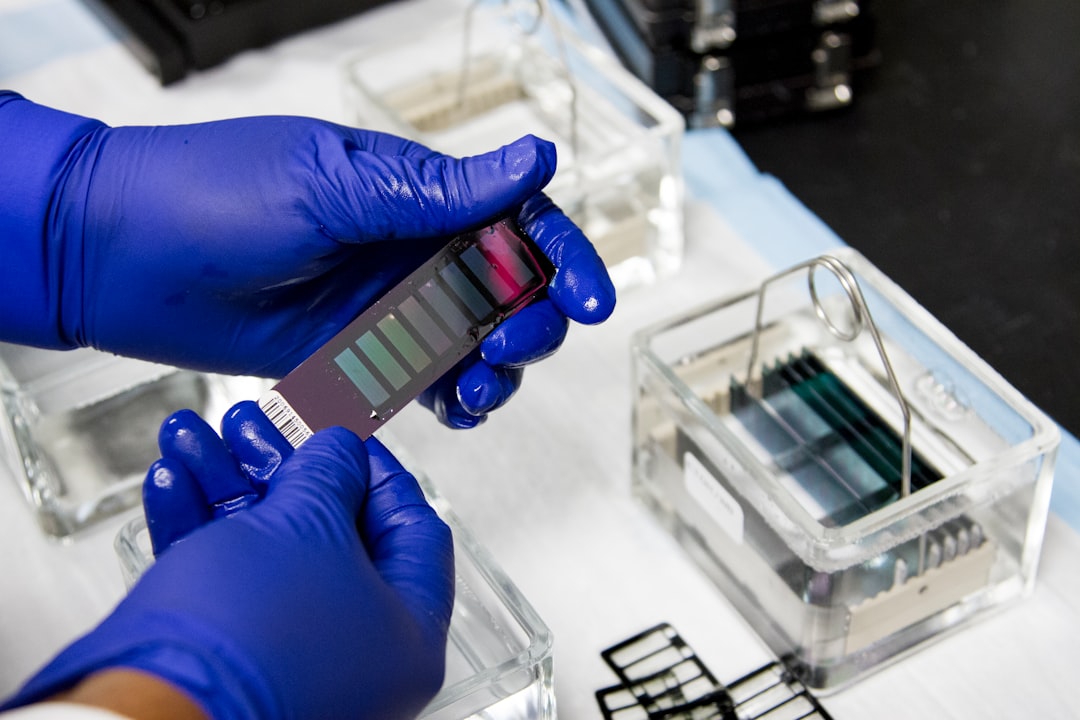What is it about?
Global livestock populations have grown rapidly over the past two centuries, farms have become larger, and long-distance movements of animals has become common. These changes are predicted to promote the emergence of pathogens in these populations. In this study we considered how these sorts of changes in pig populations have influenced the evolution of Streptococcus suis. This bacteria is a common member of the respiratory microbiome of pigs, but also a major cause of disease on pig farms and a human zoonotic pathogen. Through analysing Streptococcus suis genomes sampled from pigs from eleven countries around the world, we found that only a handful of strains of this bacteria are responsible for most cases of disease worldwide. We showed that these strains all emerged in the last 200 years and have since spread around the world multiple times, likely by the transport of live pigs. Through looking at the differences between the genomes of these pathogenic strains and other commensal strains of Streptococcus suis we found evidence that the emergence of new pathogenic strains involves the acquisition of DNA from an existing pathogenic strain. As the spread of existing pathogenic strains makes these transfers more likely, our working suggests that controlling the spread of pathogenic lineages could also protect against the further diversification of this pathogen.
Featured Image

Photo by Diego San on Unsplash
Why is it important?
Our study sheds light on a pathogen that may be an increasing problem of pig farming worldwide, particularly as we aim to reduce our use of antibiotics in farming. Our results reveal how a pathogen has been spread through global pig populations, and suggest that this could lead to it becoming both more common and more diverse. To protect against this we suggest that we should carefully monitor livestock populations for emerging pathogens, and develop better ways of controlling the spread of existing pathogens, such as through testing and vaccination.
Perspectives
This paper was the result of incredibly rewarding international and interdisciplinary collaborations - primarily supported by a Horizon 2020 and a BBSRC grant. These sorts of collaborations are hugely important both because pathogens spread across country borders, and because diverse teams of scientists working towards a common goal can lead to greater innovation and progress.
Dr Gemma Murray
University College London
Read the Original
This page is a summary of: The emergence and diversification of a zoonotic pathogen from within the microbiota of intensively farmed pigs, Proceedings of the National Academy of Sciences, November 2023, Proceedings of the National Academy of Sciences,
DOI: 10.1073/pnas.2307773120.
You can read the full text:
Contributors
The following have contributed to this page










